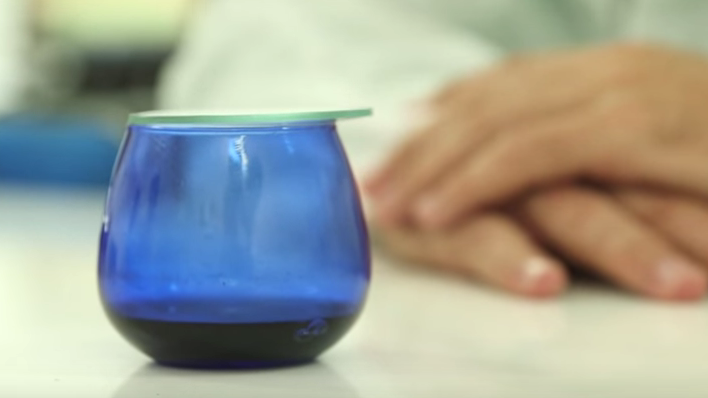
Consumers and buyers can develop tasting skills in order to learn which extra virgin olive oils work best for different flavor needs and cooking styles. Tasting is a practice that improves through trial and exposure to many different oils, and still you may find an oil surprising when used with different foods. Tasting with a small group of people can be very helpful because some people will perceive different flavors and aromas than others.
To practice tasting follow these tips:
- Gather two to five oils for comparison. If you have an indication of the oil intensity, be sure to start with the most mild oils first and work your way up to stronger oils
- Understand color is not an indication of quality or flavor, but it can influence a taster’s perception. This is why professionals use blue-tinted glasses to mask the oil color
- Place at least a tablespoon of oil into a tasting glass – a small wine glass works well, although small plastic or paper cups are ok too and will be much easier to clean up
- Warm the oil by cupping your hands around and over the cup and rotating the glass so the oil sticks to the sides. This helps release aromas into the glass
- Remove your hand from the top of the glass and bring the cup to your nose, inhaling deeply. Think about the sensations you get – are they green, ripe, fruity, nutty? Jot down your initial perceptions so you can refer back to them later to compare oils
- Next, sip enough oil to hold in your mouth and let the flavors cover your tongue. Suck in some air (this may get noisy!) and then close your mouth and breathe out through your nose to get a retro-nasal effect. For a full experience, you should swallow at least a little oil and note the tastes and sensations in your throat
- You might perceive flavors like apple, tomato, herbs, citrus, nuts or spices
- You might get bitterness on your tongue and pungency in your throat – both are positive attributes
- Think about the intensity of each smell/sensation. Are they balanced or does one dominate?
- Again, jot down your notes so you can compare to other oils later
- Cleanse your palate before moving on to the next oil. Good cleansers include sparkling or still water and slices of apple
- Keep it simple and take breaks between oils. Your senses may become overloaded so limit each session to no more than five oils
Finally, after comparing your notes on the different oils, use them with different foods and in different types of cooking to see which flavors complement your style. You may be surprised to discover just how much a dish can change simply by changing the extra virgin olive oil you use!


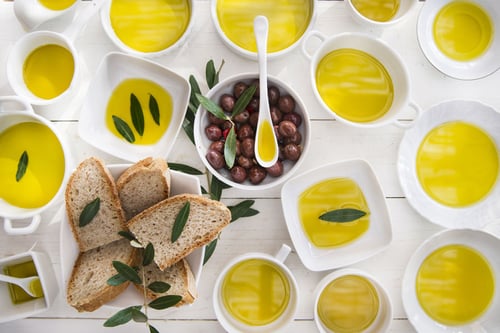
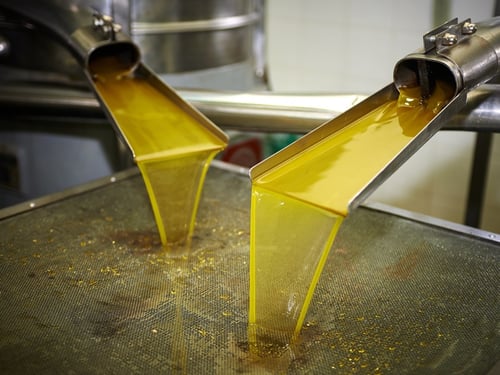
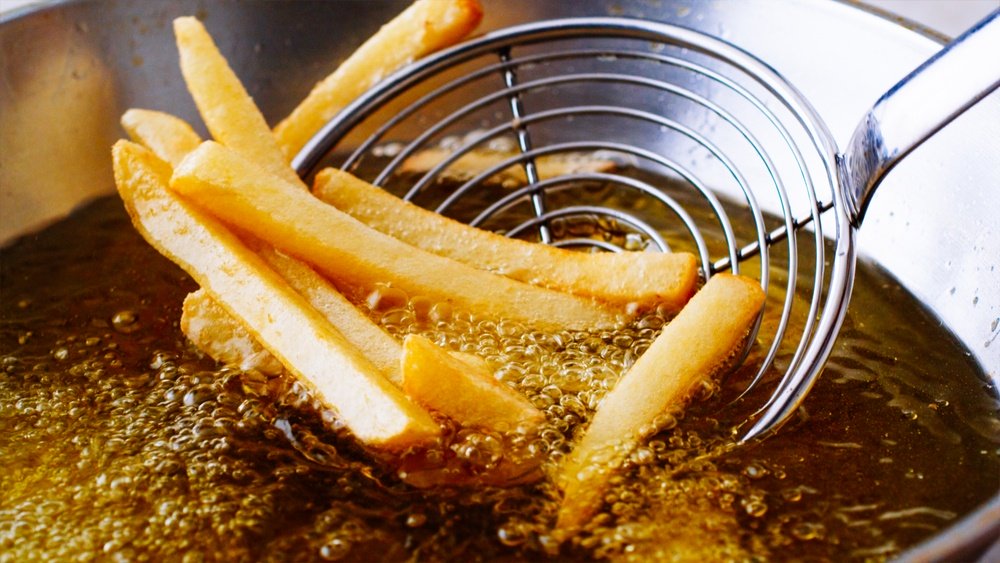
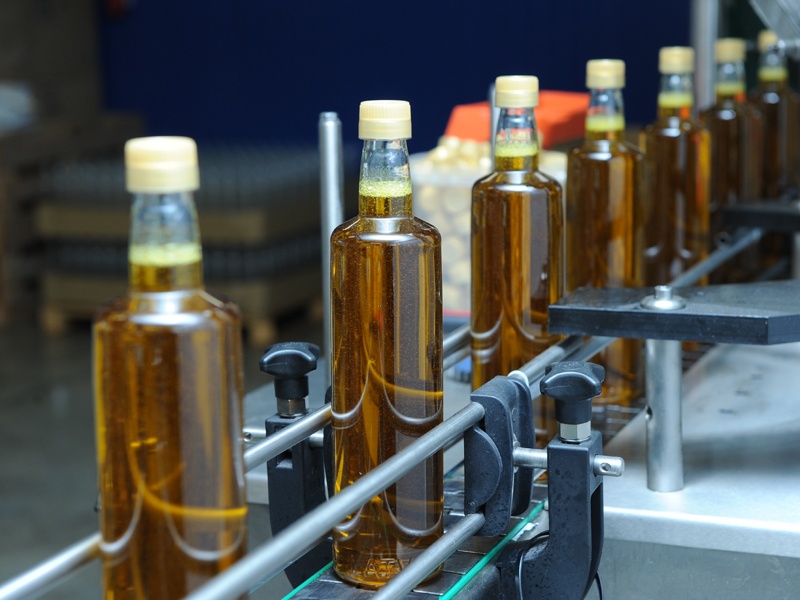
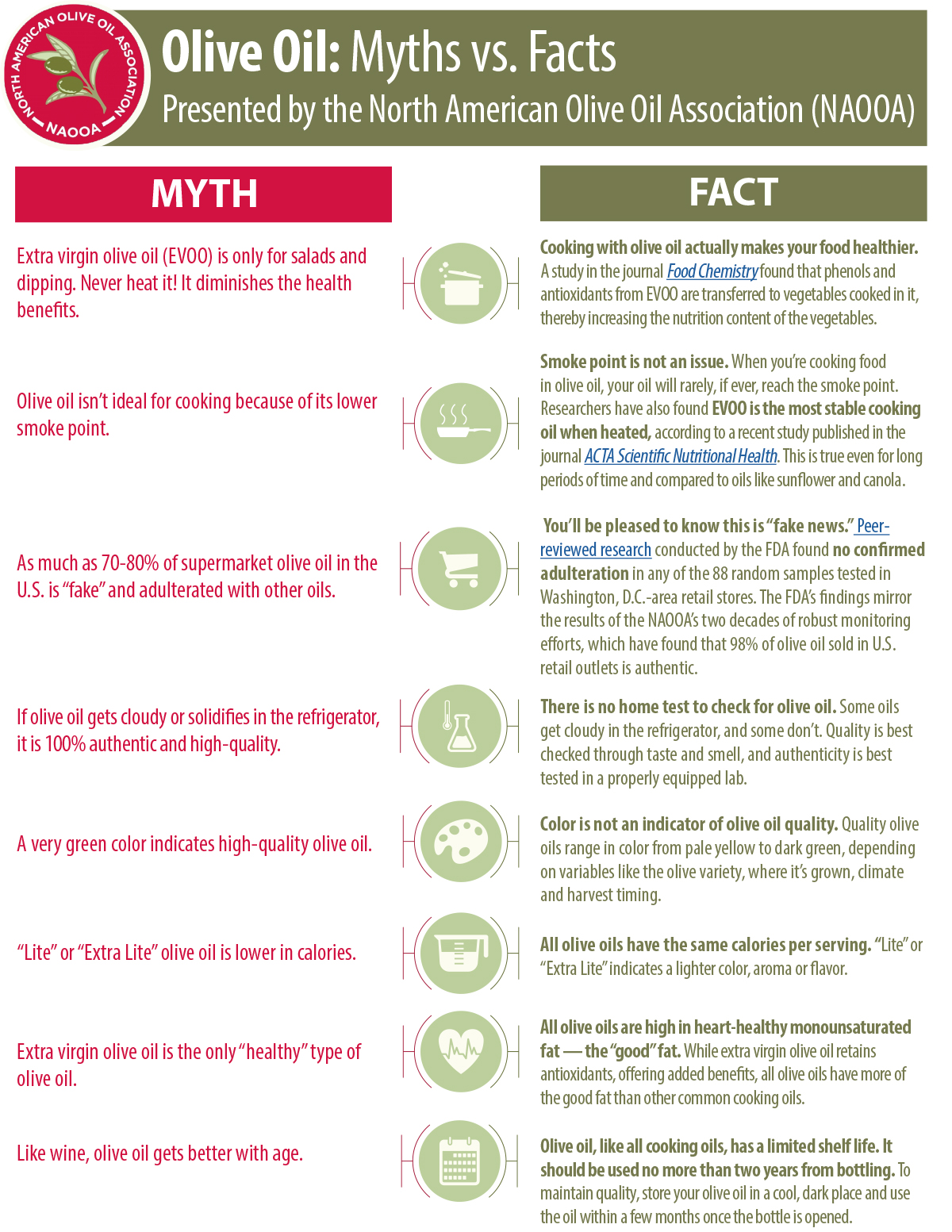
 The North American Olive Oil Association is committed to supplying North American consumers with quality products in a fair and competitive environment; to fostering a clear understanding of the different grades of olive oil; and to expounding the benefits of olive oil in nutrition, health, and the culinary arts. | © North American Olive Oil Association. All Rights Reserved.
The North American Olive Oil Association is committed to supplying North American consumers with quality products in a fair and competitive environment; to fostering a clear understanding of the different grades of olive oil; and to expounding the benefits of olive oil in nutrition, health, and the culinary arts. | © North American Olive Oil Association. All Rights Reserved.